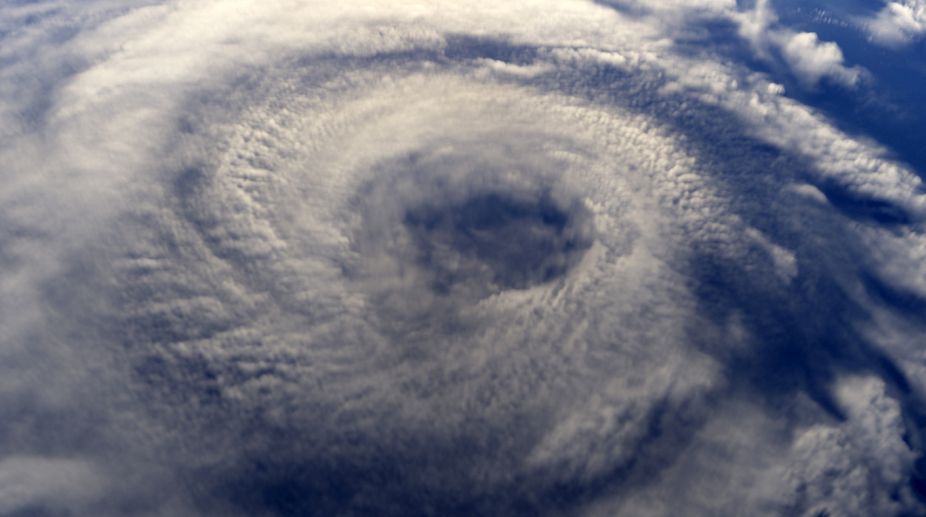Even as Hurricane Harvey left Texas bruised and Hurricane Irma began lashing Florida, NASA scientists have explained in a blog how hurricanes form and what steps the US space agency has taken to study the most violent storms on Earth.
People call these storms by other names, such as typhoons or cyclones, depending on where they occur, but the scientific term for all of these storms is “tropical cyclone”, the scientists explained in a Tumblr blog this week.
Advertisement
Only tropical cyclones that form over the Atlantic Ocean or eastern and central Pacific Ocean are called “hurricanes.”
Whatever they are called, tropical cyclones all form the same way. They are like giant engines that use warm, moist air as fuel.
“That is why they form only over warm ocean waters near the equator. This warm, moist air rises and condenses to form clouds and storms,” the blog said.
As this warmer, moister air rises, there is less air left near the Earth’s surface. Essentially, as this warm air rises, this causes an area of lower air pressure below.
This starts the ‘engine’ of the storm. To fill in the low pressure area, air from surrounding areas with higher air pressure pushes in.
That “new” air near the Earth’s surface also gets heated by the warm ocean water so it also gets warmer and moister and then it rises.
As the warm air continues to rise, the surrounding air swirls in to take its place. The whole system of clouds and wind spins and grows, fed by the ocean’s heat and water evaporating from the surface.
As the storm system rotates faster and faster, an eye forms in the centre.
Tropical cyclones usually weaken when they hit land, because they are no longer being “fed” by the energy from the warm ocean waters, the scientists explained.
However, when they move inland, they can drop many inches of rain, causing flooding as well as wind damage before they die out completely.
There are five types, or categories, of hurricanes. The scale of categories is called the Saffir-Simpson Hurricane Scale and they are based on wind speed.
To study hurricanes, NASA satellites gather information from space that are made into pictures.
Some satellite instruments measure cloud and ocean temperatures. Others measure the height of clouds and how fast rain is falling. Still others measure the speed and direction of winds.
NASA also flies airplanes into and above hurricanes. The instruments aboard planes gather details about the storm.
To study those parts which are too dangerous for people to fly into, NASA uses airplanes that operate without people, the blog said.











